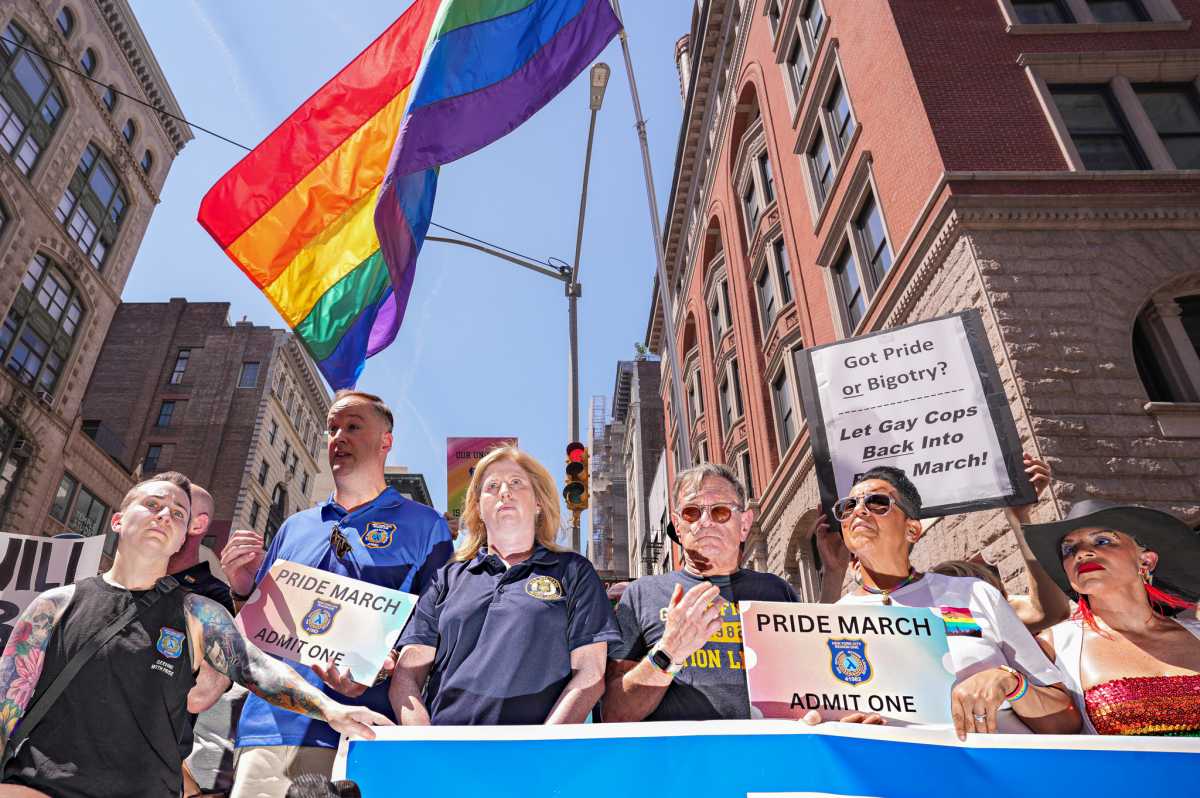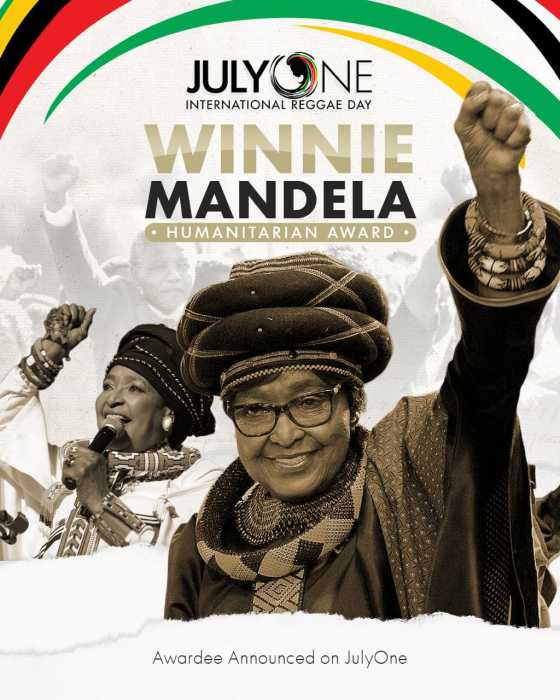Before an early death, Annemarie Schwarzenbach captured the pre-World War II era
Nobel Prize-winning novelist Thomas Mann called her a “ravaged angel.” Roger Martin du Gard, another novelist who won the Nobel Prize, saw her “walking the earth with the beautiful face of an inconsolable angel.” Carson McCullers was madly in love with her, dedicated “Reflections in a Golden Eye” to her, took care of her when she slit her wrists over a love affair gone wrong with some other woman.
Most Americans have never heard of Annemarie Schwarzenbach, nor had I. But now, thanks to guest curator Barbara Lorey de Lacharrière, an exhibit at the Godwin-Ternbach Museum on the Queens College campus in Flushing brings this ravaged angel front and center.
A 1932 photo of her, in shirt and sweater, open at the throat, is like a still from the Ufa studios of those years—the face of a brooding schoolboy crossed with that of a sullen, wounded, dangerous young woman.
Her full name was Annemarie Schwarzenbach Clarac. Claude Clarac was the French diplomat she married—an arrangement of mutual convenience. Annemarie Clarke was the professional name she used to spare her family—and maybe even herself—any public mortification.
Her parents, the Schwarzenbachs, were rich, Swiss and reactionary. Papa ran a big international textile firm. Mama, a granddaughter of the Iron Chancellor, Otto von Bismarck, was herself a closeted lesbian, and pro-Nazi, we are told by the exhibit’s co-curator, Godwin-Ternbach director Amy Winter.
“She tortured Annemarie, burned her diary, told her to kill herself,” Winter said.
Superfluous advice. Annemarie’s span was short, grievously short, 1908-1942, wrecked by morphine, as well as mama—and other disasters before the bicycle crash that ended it. Yet her output in those few years was prodigious, as a writer and a photographer.
Between 1933 and 1942 she produced approximately 170 articles and 50 photo-reports for Swiss and German newspapers and magazines, Amy Winter said: “And at least ten unpublished novels and nearly 200 typescripts of unpublished articles that are in the archives in Bern, along with some 2,500 to 3,000 photographs.”
Schwartzenbach’s subjects, her travels, were widespread and amazingly disparate—linked together chiefly by her liberal-to-radical political emotions. FDR’s New Deal was for her an exciting, inspiring politico-social advent indeed.
In the Tennessee Valley, where she was steered by an American friend in 1937, she discovered and chronicled rural and urban Depression-era poverty in images rivaling those of Farm Security Administration photographers Walker Evans, Dorothea Lange, Arthur Rothstein and Ben Shahn, and in words that were a sort of shotgun marriage between James Agee and the Daily Worker:
“Westfront is the [Knoxville] neighborhood with the poorest inhabitants. The ashen children play under the bridge, climbing on the steel scaffolding and growing in the shadows. The little black children, weak and shaking in their light clothing, remain standing up against the walls of the huts or slip across the thickets along the banks of the river, meanwhile nonchalantly holding their cigarettes between their thin fingers.”
In 1938 in Vienna, she chronicled, again in words and photos, the tramping boots of the Hitler jugend. Hitler himself stares from a poster on the wall in another photo.
“Prudent people stay in their homes. In the proletarian suburbs of Ottakring, gunshots are firing. During the day, the Viennese Jews are fighting powerlessly against the looting of their shops, and during the night they are locked and frightened in their darkened apartments. But there is something worse than the looting: each day in the streets we encounter groups of Jews, led by the Brown Shirts, as they are forced to clean the streets and the toilets of the barracks. This sort of bullying is the Nazis preferred form of diversion … From this moment on the Viennese will learn to obey and salute. Moreover, as with every place the Nazis govern, the meaning of the word discipline is to be understood with care.”
And in 1940, she traveled with her companion Ella Maillart through the Middle East and Central Asia all the way to Afghanistan to photograph and write about “The Face of the Great Buddha,” or what was left of the faces of the two monumental stone Buddhas, one 53 meters high—“[a] carved colossus in the rock wall of [a] cliff”—the other 35 meters high.
“… we arrived too late. More than 1,000 years ago the Arabs, armed with flaming torches and arrows, devastated, killed, exterminated, reduced it to ashes. But that’s not all—they destroyed the small statues in their garlanded niches, these Hellenistic youths with their tightly curled hair, ephebes with graceful doleful manners, and young monks with the charming features and full lips of Greek adolescents … And finally, they attacked the noble face of the Buddha with hammer blows; now his face is as empty as the face of the moon and horribly deprived of its sight.”
Sixty-one years later—in March 2001—the Taliban with their dynamite finished the job, reducing both giant Buddhas to wind-blown dust.
Annemarie’s close friends included Klaus and Erika Mann, the children of Thomas Mann. With them she founded Die Sammlung, an anti-Fascist review. Her posthumously published novels include “Death in Persia,” about her love for a young Iranian woman.
Iran was a country Annemarie kept going back to, and one of the striking photos in the exhibit catalogue is of a car being refueled from a British Petroleum gasoline stanchion somewhere in the midst of an Iranian desert.
“It’s pictures like this that give the exhibit a special meaning,” curator Winter said. “Those were the days when Russia and Britain were fighting over Afghanistan. To me, the work of Annemarie Schwarzenbach has relevance to what’s going on today—the Bush administration’s determination to undo all of FDR’s social programs—Hail to the thief!—and the rise of [1930s] fascism as paralleled here in the Patriot Act and all this fear-mongering.”
It was while her diplomat husband was stationed in Teheran that Annemarie had an affair with the Turkish ambassador’s daughter. “She wasn’t very good at being an embassy wife,” Winter said. “Tried it on, it didn’t fit.”
A glance at the half-boy, half-girl in sweater and shirt in 1932 could have told you that.
gaycitynews.com
































